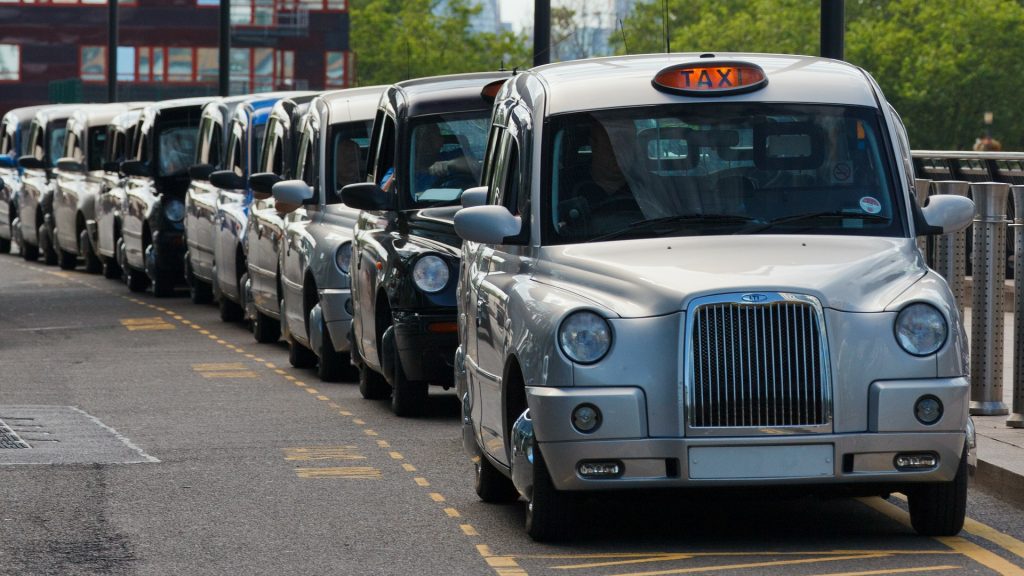More taxi drivers are getting behind the wheel

After being decimated by the pandemic, it is great news that the number of taxi drivers are increasing.
The industry was one of many that were badly affected by Covid-19 because people were not allowed to move around freely and could not come into contact with others, especially in confined spaces such as taxis. As restrictions started to lift, fall in demand for many of the usual fares, such as visits to pubs and clubs, supermarkets, train and bus stations, as well as school runs, put the brakes on the taxi industry.
But as demand for taxis in England and Wales is stepping up a gear and is now above pre-pandemic levels, taxi drivers are getting back into their cabs, and more people are now starting out on a new career behind the wheel.
The news comes as insurance comparison site Quotezone.co.uk – which compares private car insurance as well as taxi insurance – found that the number of taxi drivers between January and May this year has increased by 12 per cent compared to the same period last year, which actually saw a 3.4 per cent drop across England and Wales, according to the Department for Transport.
DfT figures show there were 364,700 drivers in the taxi fleet in 2020. This fell to 342,100 in 2021 when lockdown and other restrictions were in place, but it now stands at more than 383,000.
Quotezone examined a sample of 45,000 taxi drivers across the UK, taking into account both public hire insurance and private hire insurance, and found that the majority of those running taxis now have held their licence for more than 10 years.
But it also found a 360 per cent rise in the number of new taxi drivers who have held their licence for less than six months.
The flexibility of working as a taxi driver makes it an appealing occupation for people to move into, especially those looking to fit in work around family commitments, or take it on as a sideline in addition to another job.
The study also found that nearly half of the UK’s private hire and public hire fleet is made up of Uber drivers (48 per cent) which represents a 54 per cent increase since the start of the year.
Whether people are just starting out or are returning to their taxi careers, taxi insurance is considered higher risk than private vehicles because they spend more time on the road and often in busier parts of the country. Premiums can also be higher for newer drivers who are just starting their taxi careers. This is why it is advisable to use comparison sites such as Quotezone or taxi insurance brokers such as Patons to get the best deal and ensure they are fully covered in the event of a claim.
As well as the area in which the taxi is being operated, other factors that can affect taxi insurance premiums are the make, model and age of the vehicle, and whether it has had any modifications.
The age and experience of the driver, the length of time they have held their licence, any no-claims bonuses and whether they are taking out private hire insurance or public hire insurance can also be taken into account.
Taxis play a vital role in our communities and it is good news that driver numbers are going up.





